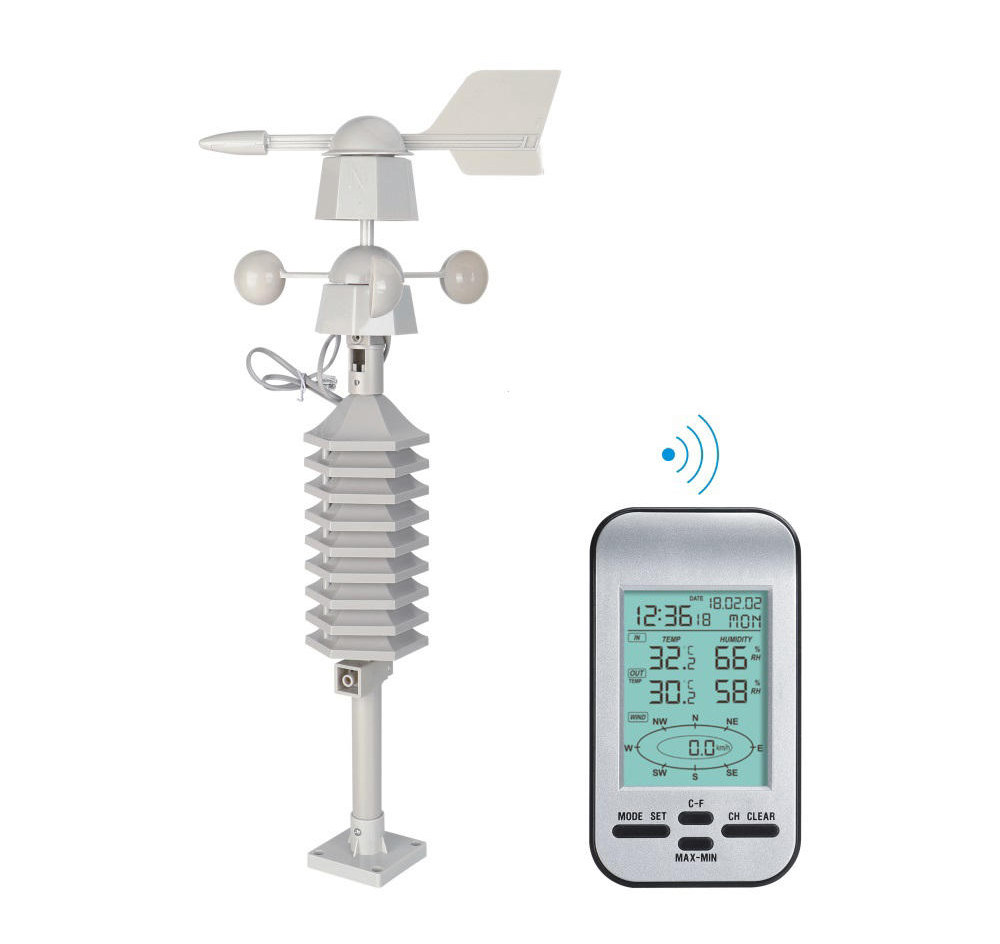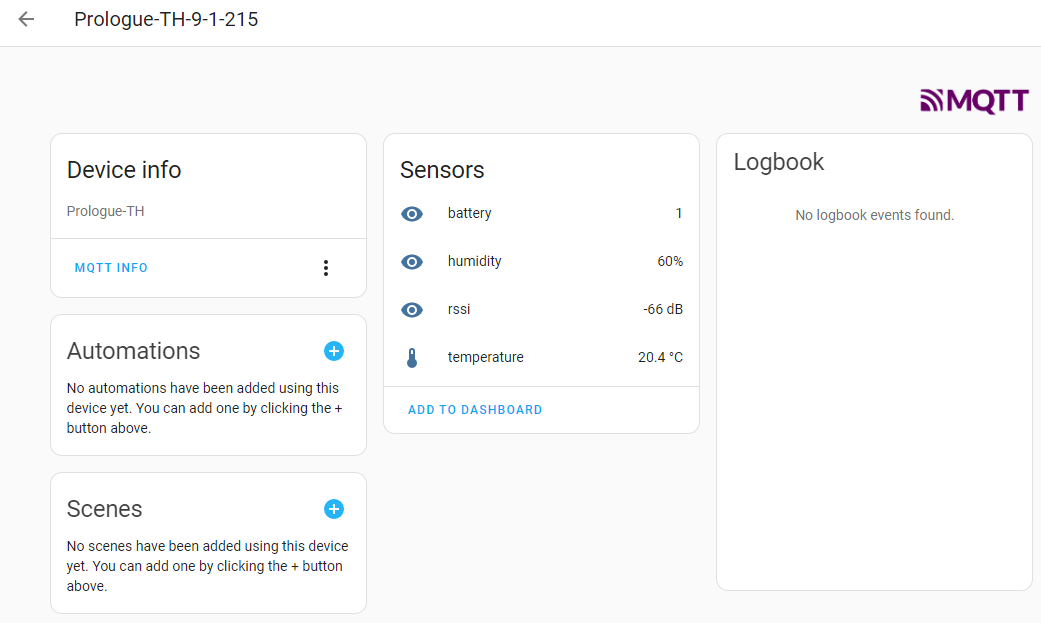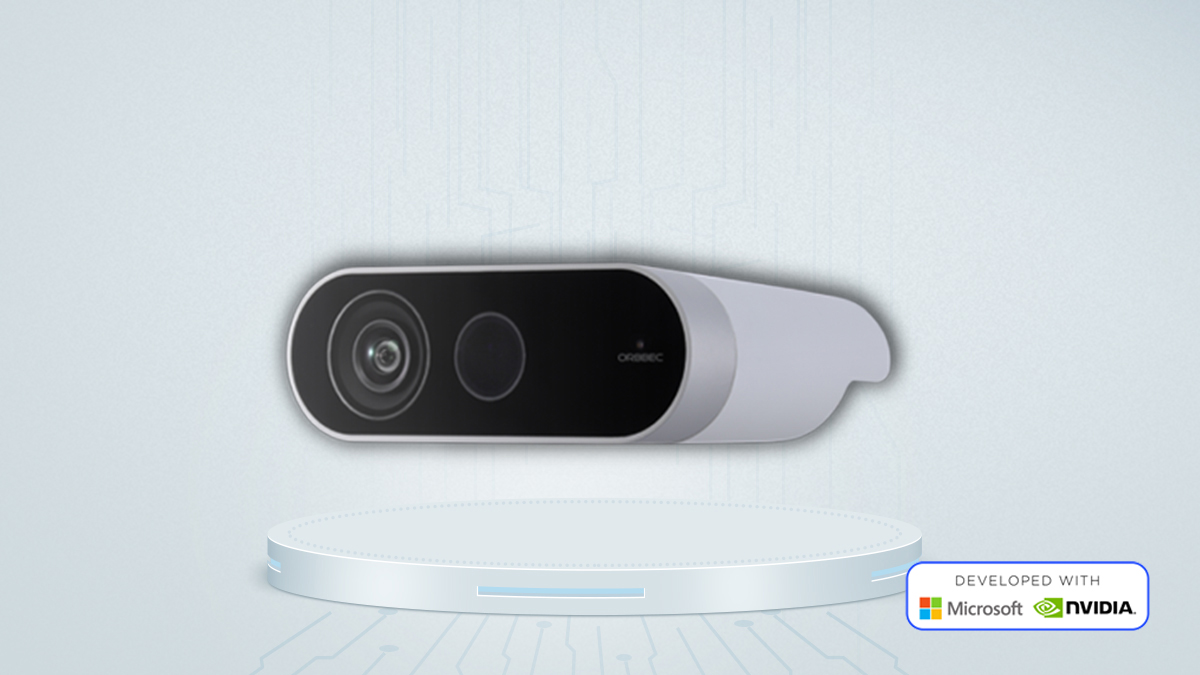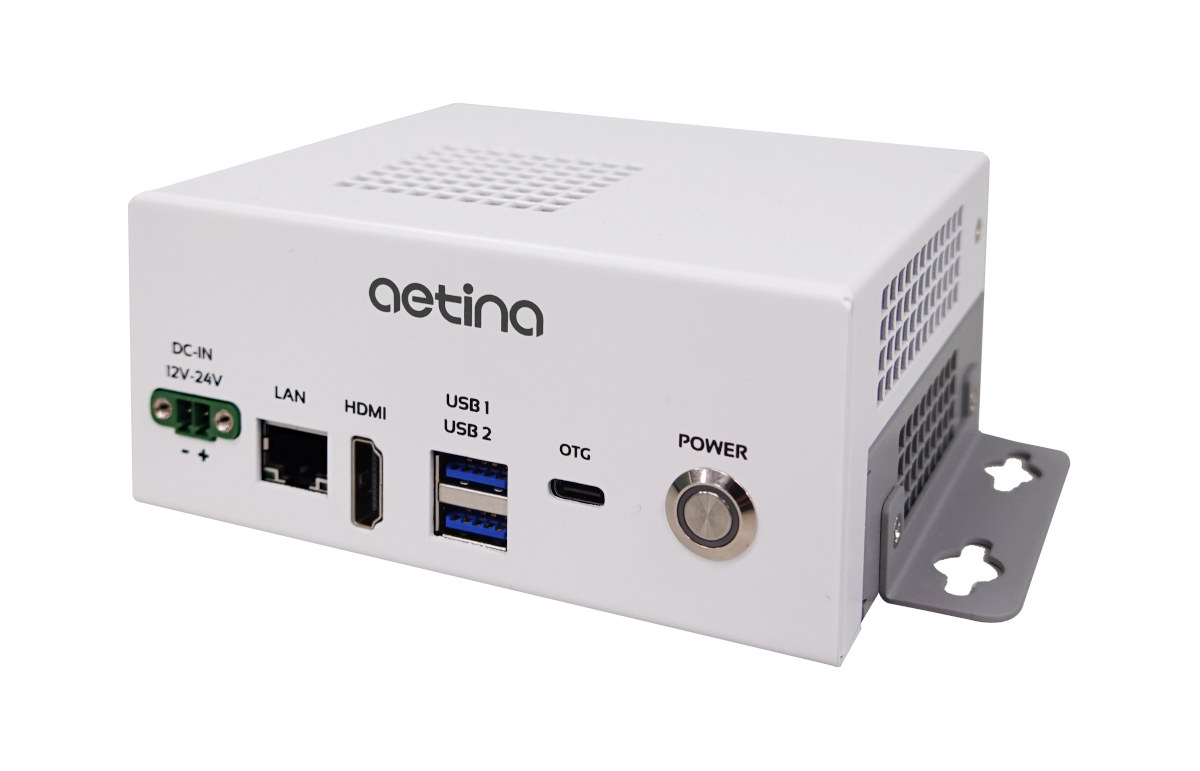
While Matter, Bluetooth, Zigbee, and Zwave may get all the press these days, 433 MHz was the simple yet reliable technology that our sensors and devices relied on before they became popular. Given the wide range of applications for the 433 MHz, generalizations regarding the technology are likely to be oversimplified. Numerous household and automotive components employ it, including outdoor temperature and security sensors and tire pressure monitors. The various radio frequencies (315 MHz, 350 MHz, 433 MHz, 868 MHz, and 915 MHz ) and signal modulations (OOK, ASK, and FSK) encountered behind the term 433 MHz can be discussed at length. However, as 433 MHz is used by the vast majority of manufactured and commercially available sensors, they will continue to find their applications.
A 433 MHz LoRa transceiver on an ESP32 board can be used for home automation, which was demonstrated by Florian Robert of the OpenMQTTGateway project. He also discusses how to connect to 433 MHz sensors. In 2017, he published an article that compared various 433 MHz gateways for decoding 433 MHz sensors; now, he provides an update. In particular, the substantial development made by NortherMan54, who programmed an Arduino library to enable a 433MHz LoRa Transceiver-based ESP32 board to function with standard 433 MHz sensors available on the market. This provides consumers with a ready-made, off-the-shelf option for receiving these signals without breaking out the soldering iron.
LILYGO LoRa32 V2.1 and HELTEC LORa32 v2 can now be used to read OOK (On-off keying) sensors. Boards like these make it simple to install a receiver for 433 MHz sensor signals; they are based on the Espressif ESP32 processor, which many are already familiar with. They also include a Semtech SX127x Transceiver and an SSD1306 OLED display.
What really sets his work apart, though, is his ability to use a little board like this in conjunction with the RTL 433 and the RadioLib project to receive signals from a huge variety of OOK sensors. A computer or Raspberry Pi with an RTL SDR (Software defined Radio) attached would be a common setup for making use of the RTL_433 library. This method eliminates the need for an expensive USB SDR dongle while providing a low-cost, compact microcontroller-based alternative for creating a 433-to-MQTT gateway. This allows for a wide variety of sensors, such as weather stations, doors, PIR, TPMS, temperature, and BBQ sensors, to be read by a single device using the more common 433 MHz frequency.
The OpenMQTTGateway project incorporates this approach, which is necessary once the data from the sensors has been decoded and before it can be shown. Once configuring the gateway using the web portal, the data will be visible in the MQTT broker after one will web upload the application to the ESP32 board using either heltec-rtl_433 or lilygo-rtl_433. Processing them is now possible with Node-Red, Home Assistant, OpenHAB, Domoticz, and any other IoT platform that supports MQTT.
Obviously, this isn’t enough to process and show the data, so they added support for Auto-Discovery so that you do not need to manually configure an OpenHAB or Home Assistant if you don’t want to. That’s right, OpenMQTTGateway will now automatically add devices and detail their settings.
This facilitates the incorporation of the sensors into existing dashboards. Finally, functionality for showing the sensor’s data on the onboard display has been provided by NortherMan54 so you can have a fast glance at the data.







